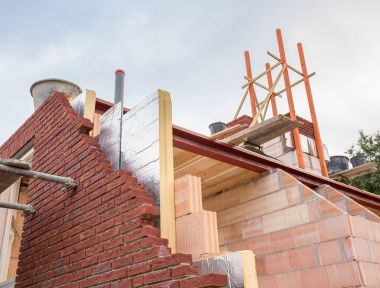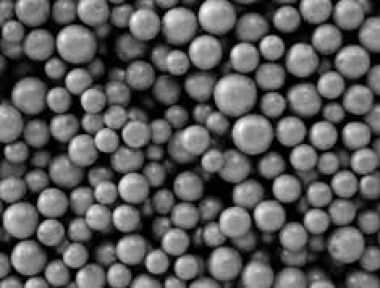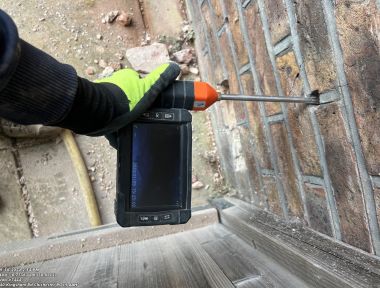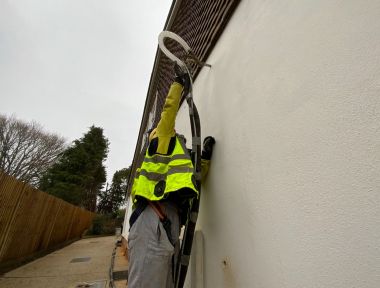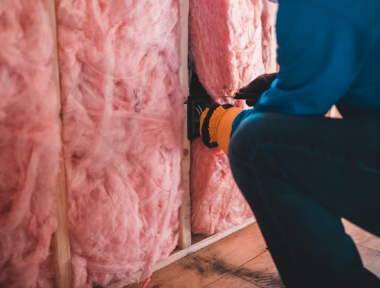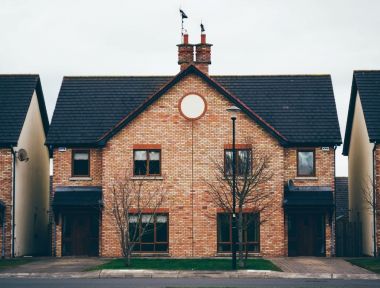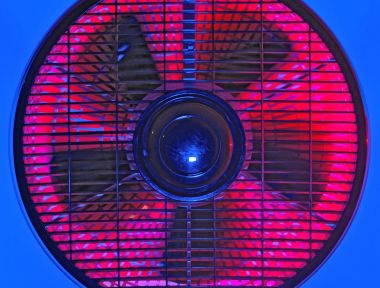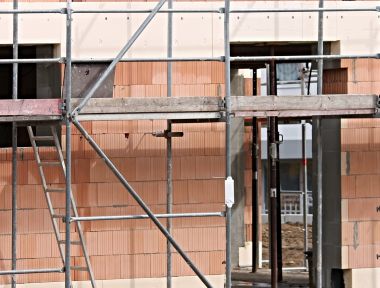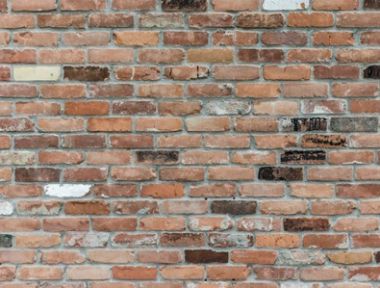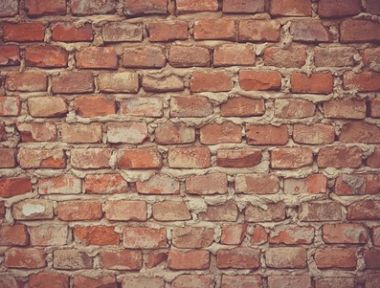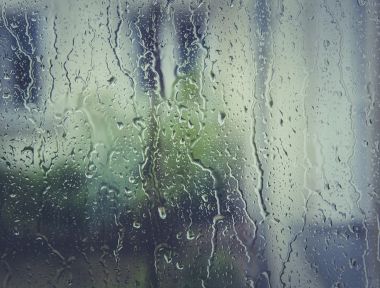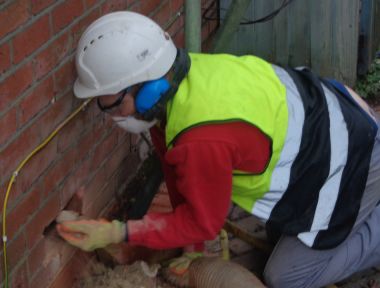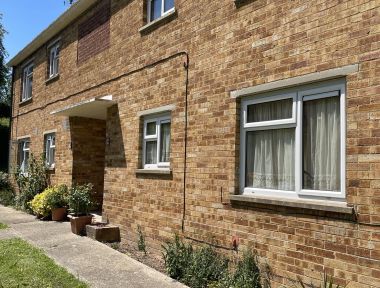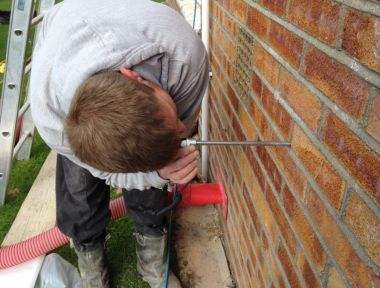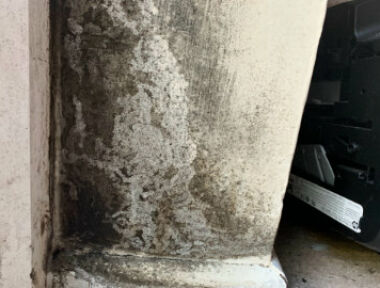It's true that Energy companies are gung–ho about cavity wall insulation and are even offering the service for free to septuagenarian homeowners. But our cavity wall insulation removal company receive a lot of emails where homeowners are requesting for pro–assistance to remove cavity wall insulation. Yes, the CIGA might be upholding CWI in a positive light but cavity wall insulation can cause damp problems – and the worst part is that many of the homeowners are unable to detect that it's the insulation problems that are actually causing it. As an expert in CWI removal, I am going to explain the typical issues with cavity wall insulation.
What is the damp issue?
In most cases, insulation is attached to the inner leaf of the cavity which leaves a very narrow gap for the rainwater which penetrates the outer brick–leaf. The insulation material is mostly manufactured from waterproof foam boards or semi-rigid glass fibre batts and mineral wool. The fibres stay vertically aligned allowing penetrating rainwater into the cavity but there is no means of transferring this across the outer leaf.
Now, BRE has found out that the single-leaf walls leak while exposed to wind-driven rain – leading to damp patches. This leakage takes place at vertical joints in between adjacent bricks given mortar shrinkage. Our prolonged experience in the industry has helped us understand that this problem is not due to poor workmanship but is an inevitable aspect of such constructions.
What's in your cavity wall?
Our recent project in Brighton had blown mineral-wool fibre as the basic cause for CWI issues. In fact, this material has been the cause of most of our client's insulation problems. Before elaborating – we should mention that CWI damp problem is especially prevalent in houses constructed before the 1980s.
It is claimed that mineral-wool fibre is water–repellant and it doesn't allow the penetrating rainwater across the cavity. However, my experience has proved that this material actually absorbs water. Our samples show a whopping 243% moisture in cavities installed with mineral–wool insulation fibre.
Increased condensation
One of our projects at Southampton showed us that CWI can even create dampness issues through heightened condensation – even if the insulation fibre is not resulting in rainwater penetration across the cavity. There is a wide range of homes around where cavity walls suffer from insulation gaps. Those voids lead to increased condensation and black moulds inside the house.

